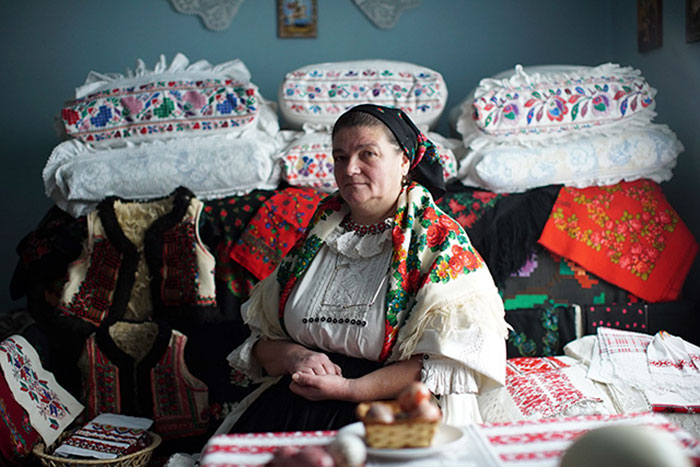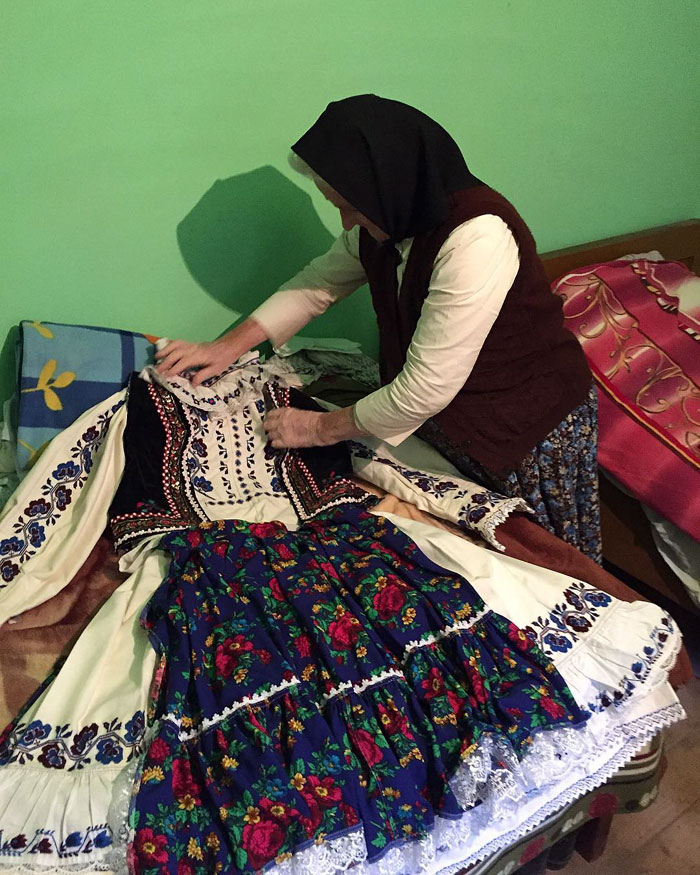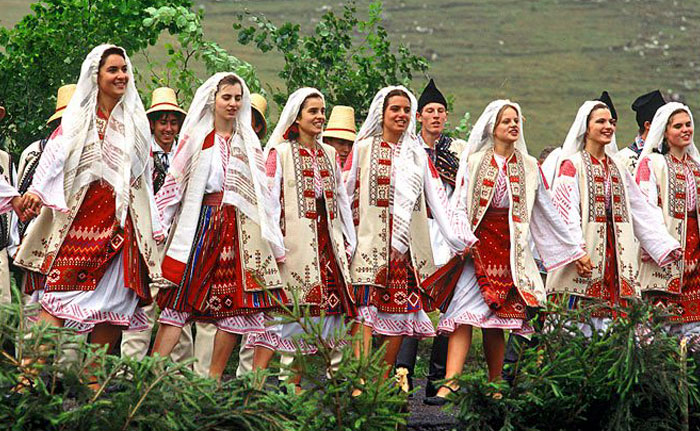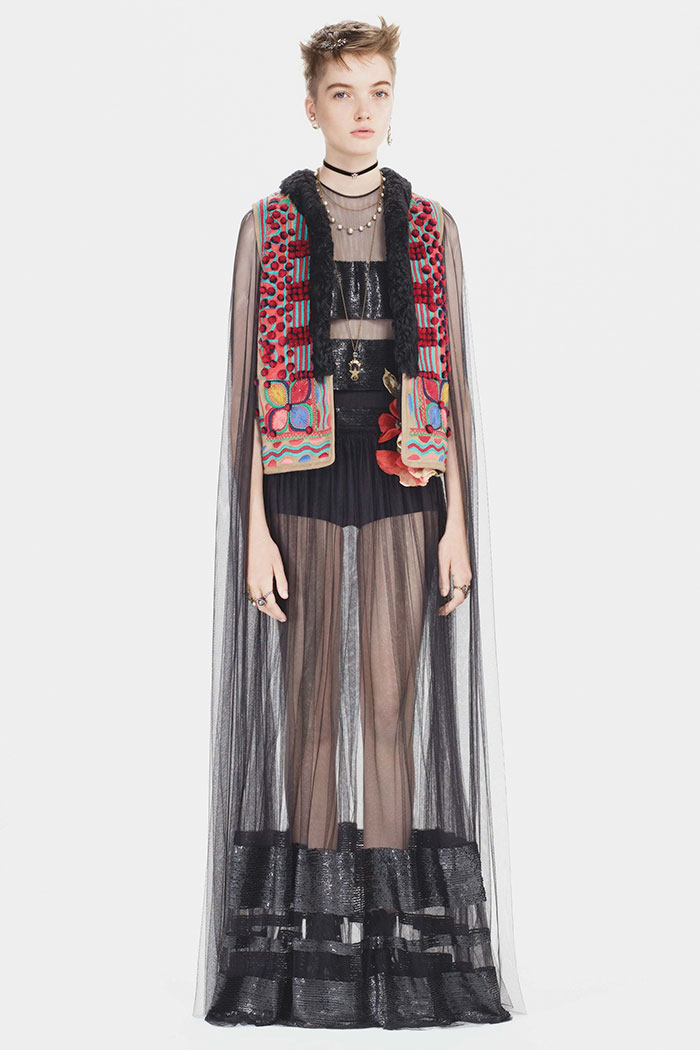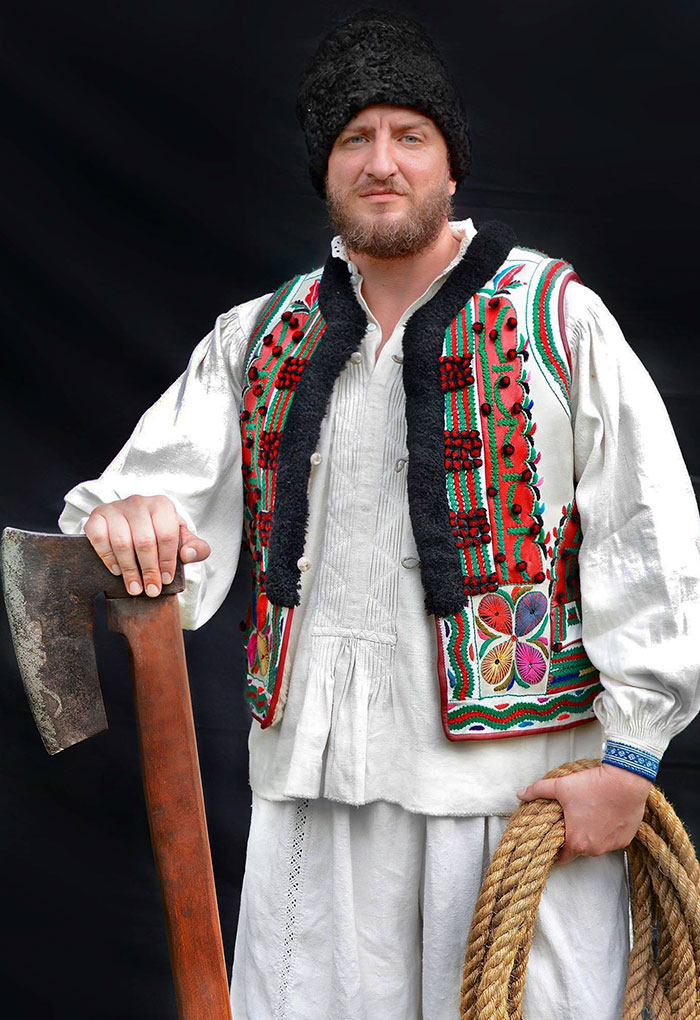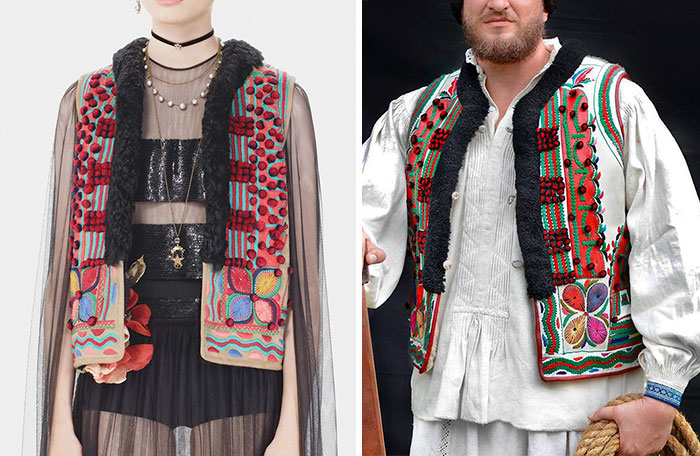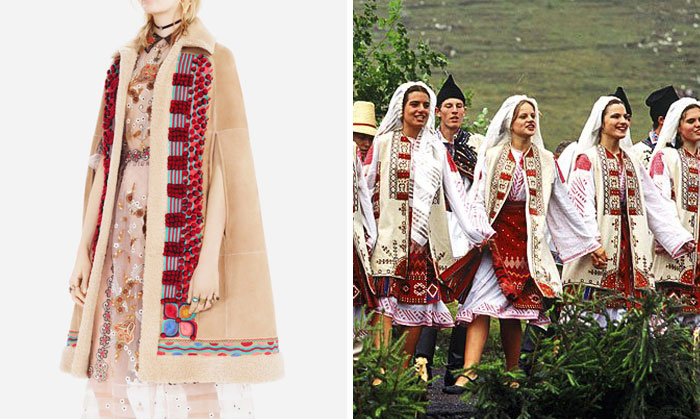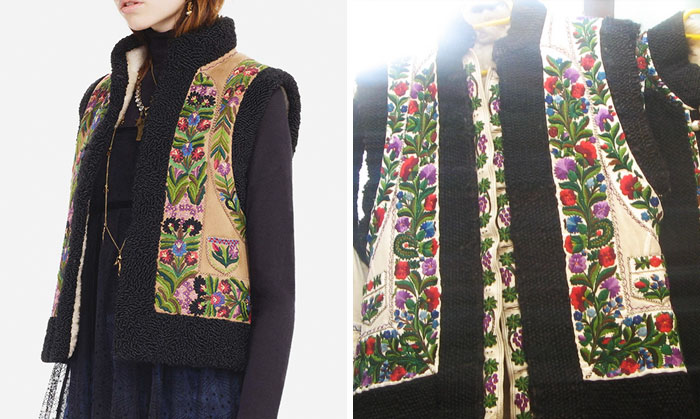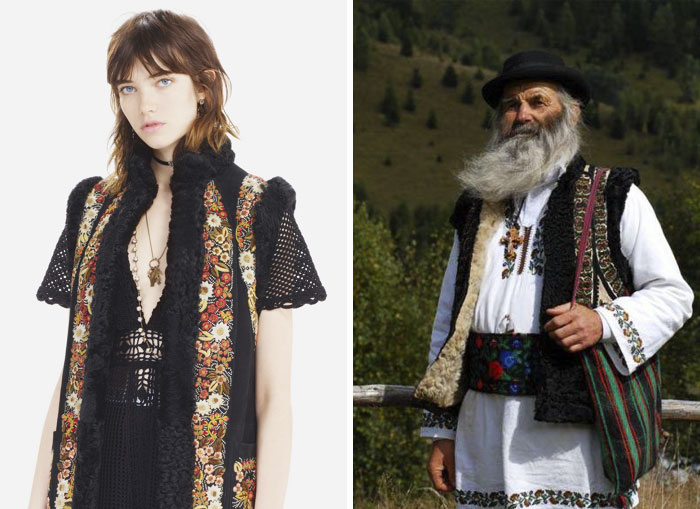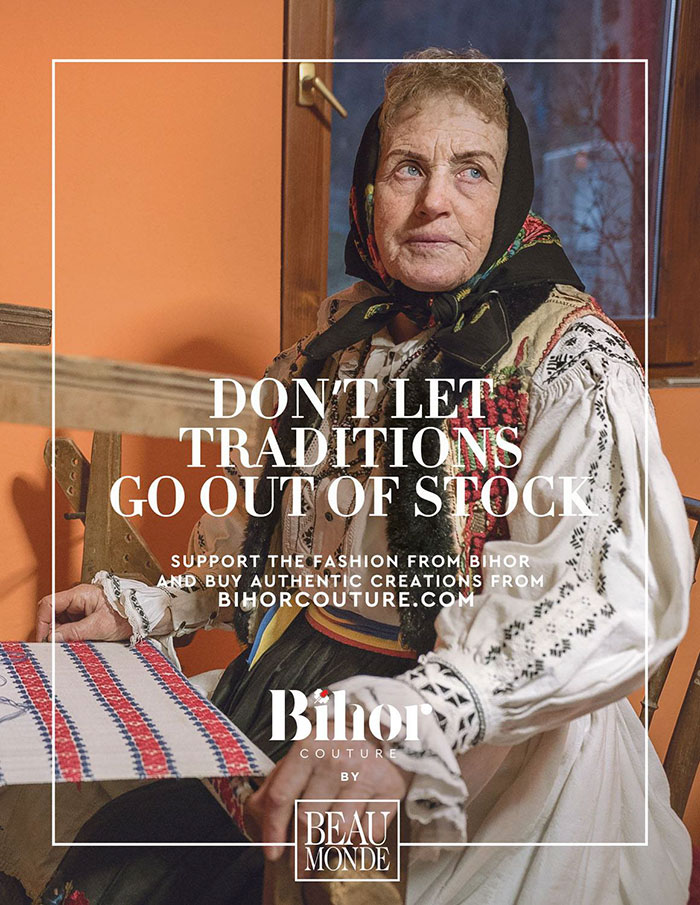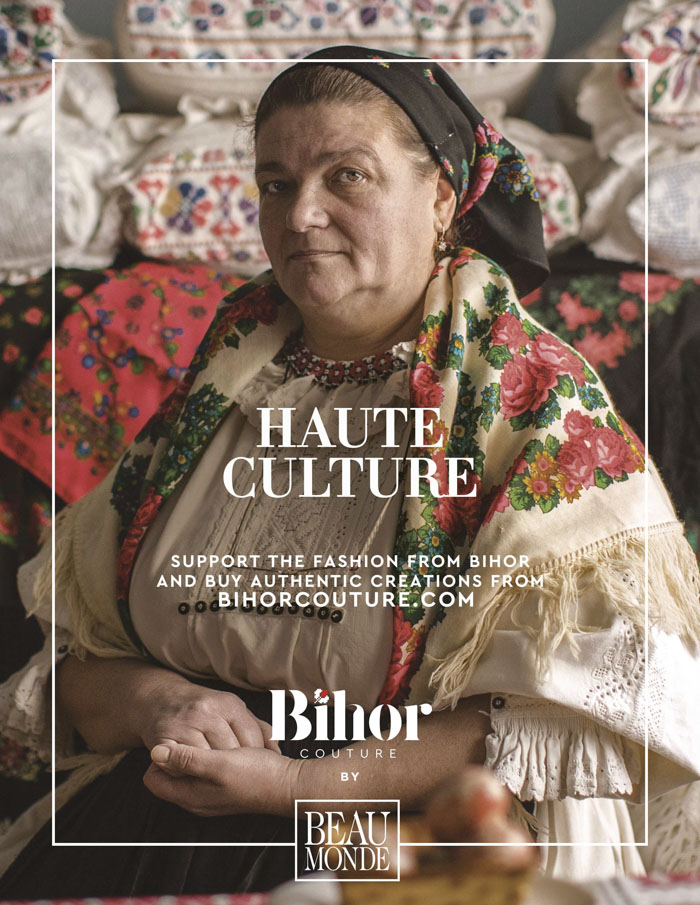Fashion brands quite often come under fire for shamelessly plagiarising other brands or artists and “borrowing” elements from local cultures.
Last year, when Dior’s pre-fall collection came out, people began to notice that some of their clothes looked oddly familiar. The designs put the small Romanian region of Bihor in the spotlight. As it turns out Dior’s coat bears a stunning similarity to the traditional Bihor coat. The famous fashion house is now selling the coat for a striking sum of 30,000 euros, however, none of the proceeds will go to Bihor’s community, since Dior never credited the source that may have fuelled their inspiration.
This whole situation began a genius new way to fight against cultural appropriation. Romanian fashion magazine, Beau Monde, launched a campaign to set things straight. With the help of native Bihor craftsmen and designers, they created a brand new fashion line which helps preserve their traditions. This is how Bihor Couture was born. The project allows fashion enthusiasts to buy authentic traditional Bihor clothing for a much cheaper price, while directly paying the local craftsmen who made the clothes.
Scroll below to see Bihor’s designs!
More info: bihorcouture.com | youtube.com
Bihor is a small Romanian region filled with unique and beautiful cultural traditions
Image credits: Bihor Couture
The people there are very proud of their traditional clothing designs
Image credits: mirceacantor
That distinguishes them from other cultures
Image credits: Romania Tourism
However last year, when Dior’s pre-fall collection came out, people began to notice that some of their clothes looked oddly familiar
Image credits: Vogue
They bear a stunning similarity to the traditional Bihor jacket
Image credits: Ţara Binşului
Here are the clothes side by side
Image credits: Vogue La Blouse Romaine
The similarities are striking
Image credits: Vogue Romania Tourism
Dior is selling the clothes for 30,000 euros
Image credits: Vogue lablouseroumaine
However, none of the proceeds will go to Bihor’s community, as Dior never credited as their source of inspiration
Image credits: Vogue Romania Dacia
To fight against cultural appropriation Romanian fashion magazine, Beau Monde, launched a wonderful campaign
Image credits: Bihor Couture
With the help of native Bihor craftsmen and designers, they created a brand new fashion line Bihor Couture
Image credits: Bihor Couture
The project allows fashion enthusiasts to buy authentic traditional Bihor clothing for a much cheaper price, while directly paying the local craftsmen who made the clothes
Image credits: Bihor Couture
Watch the video below to hear what Bihor’s fashion critics have to say about Dior’s clothing
Image credits: Bihor Couture
